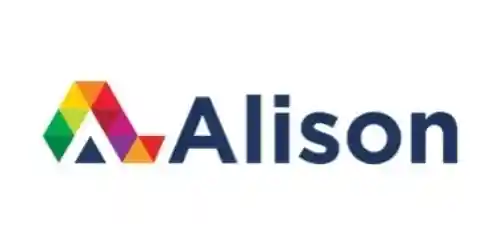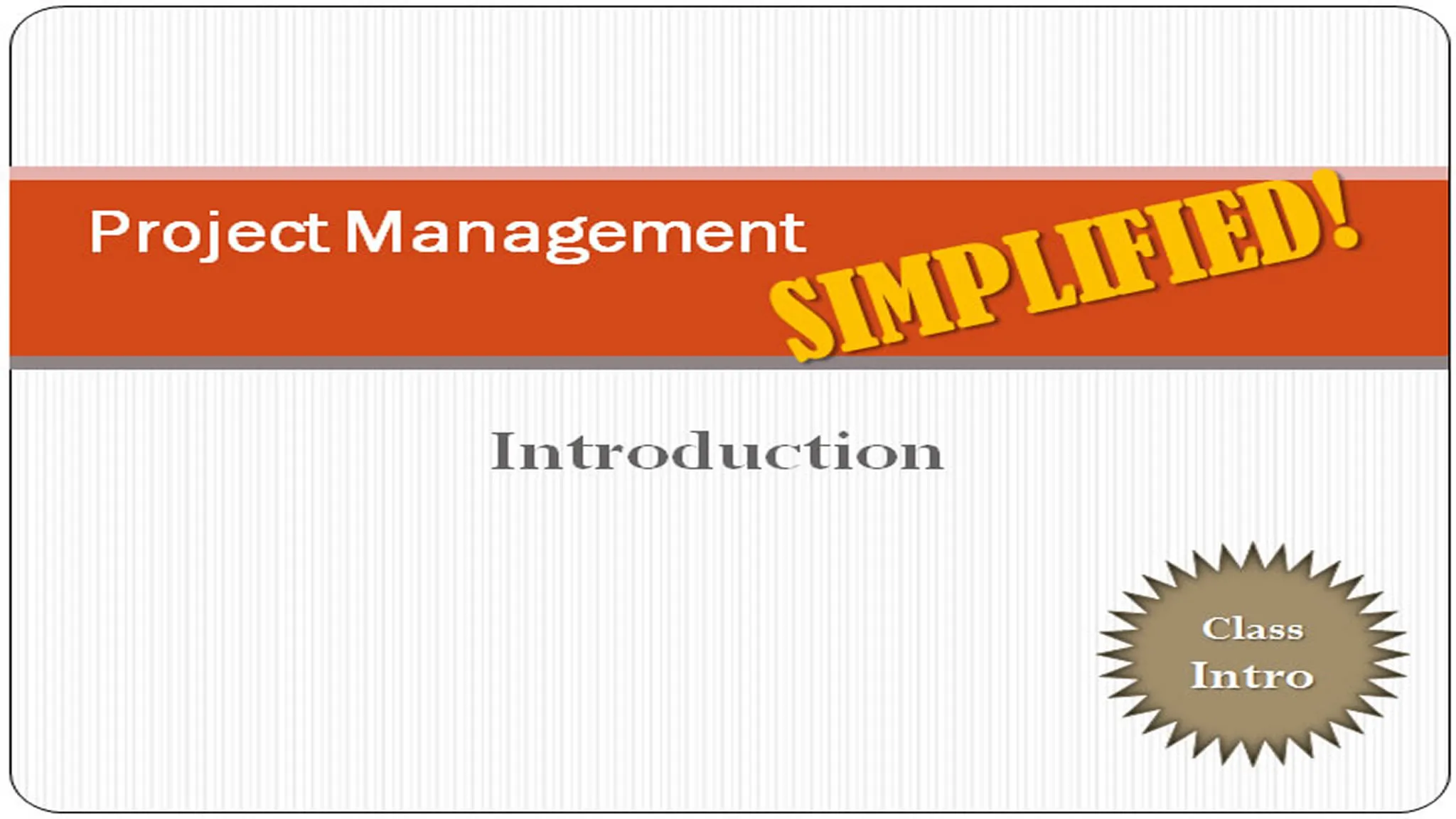
Diploma in Six Sigma Yellow Belt 
This diploma course provides an in-depth understanding of how a business problem can be solved with Six Sigma Yellow Belt tools and techniques. It explores the steps of the Six Sigma DMAIC roadmap and the role of a Yellow Belt in a business process. It introduces you to the processes involved in completing a project charter, project team selection, and the measurement phase in Six Sigma methodology. You will learn about data collection strategies, the use of sampling, and how to apply additional analysis, graphical techniques, and basic charts. The course also covers the concept of a Pareto chart, risk analysis, and how to create a control plan. ▼
ADVERTISEMENT
Course Feature
![]() Cost:
Cost:
Free
![]() Provider:
Provider:
Alison
![]() Certificate:
Certificate:
No Information
![]() Language:
Language:
English
Course Overview
❗The content presented here is sourced directly from Alison platform. For comprehensive course details, including enrollment information, simply click on the 'Go to class' link on our website.
Updated in [May 17th, 2023]
(Please note this course detail is from the official platform)
This diploma course provides you with an in-depth understanding of how a business problem can be solved with Six Sigma Yellow Belt tools and techniques. Before executing such a project, it is important to understand the difference between the DMAIC (define, measure, analyze, improve, and control) and the DMADV (define, measure, analyse, design, verify) methodologies. This course explores the steps of the Six Sigma DMAIC roadmap and the role of a Yellow Belt in a business process. It introduces you to how different voices can be translated to business requirements, as well as the required techniques for doing so. Have you considered what needs and requirements mean to a customer and an organization? This course teaches you about the processes involved in completing a project charter. You learn about the process of project team selection and the responsibilities of individual team members. Also, the material helps you have a better understanding of the concept of the measurement phase in Six sigma methodology.
You will also explore the techniques for creating project milestones and steps involved in creating a SIPOC (suppliers, inputs, process, outputs, customers) map. This course explains the steps involved in identifying baseline performances. Then, compare Minitab with other statistical software and discuss how waste in business processes can be identified. The course takes you through practical examples of the process of using an impact matrix to ascertain critical root causes of business problems. Study how data collection strategies can be created, as well as the use of sampling. The material explains how to apply additional analysis, graphical techniques and basic charts to validate vital root causes.
Furthermore, you will learn how to create an impact effort matrix and various other basic charts. You will be able to explain the concept of a Pareto chart and how it can be used to rank measures in decreasing order of occurrence. You will also learn the procedure for measuring the extent of a business problem, as well as how the solution can be selected. Explore the meaning of risk analysis and how a pilot solution can be carried out. The course will help you improve your understanding of what a control plan is used for and how it can be created.
Course Syllabus
Introduction to Six Sigma Concept
This module teaches you how business problems can be solved with the Six Sigma Yellow Belt tools and techniques. You will also learn how the Six Sigma Yellow Belt project can be executed in different organisations and the working definition of Six Sigma.Six Sigma Model Steps
This module teaches you the concept of SIPOC, the steps involved in creating SIPOC and the steps in identifying waste in business processes. Study how data types can be identified and how data collection strategies can be created.Minitab Concept
This module teaches you the Minitab statistical software and a comparison of Minitab with other statistical software. You will also learn about the high-level value overview of P-Value.The Analysis Phase
This module teaches you about the sources of variation and waste, including potential causes of the problem to be solved. You will also learn about the use of review process maps, as well as the fishbone diagram.Pilot Implementation
This module teaches how to carry out a pilot solution, risk analysis, as well as the working definition of "pilot". You will also learn how the pilot can be implemented and how risk analysis can be performed.Creating Control Plan
This module teaches the concept of a control plan, how it can be created, as well as when it can be used. You will also learn how the control plan template can be used for improving business activity.Course assessment
Course Provider

Provider Alison's Stats at AZClass
Discussion and Reviews
0.0 (Based on 0 reviews)
Explore Similar Online Courses

Understanding Plant Genetics

Java Servlets and JSP - Build Java EE(JEE) app in 25 Steps

Project Management SIMPLIFIED

Practical Project Management for Managers and First Time PMs

Scrum Master Certification Exam Preparation

Project Management for Developers and Technical Experts

Practical Project Management Certification - Microcredential - FutureLearn

Project Management: Human Resources and Leadership - FutureLearn

Big Picture of the Projects and Beyond

Project Management Skills and Leadership Course

Prince Training - Project Management Certification - FutureLearn


Start your review of Diploma in Six Sigma Yellow Belt